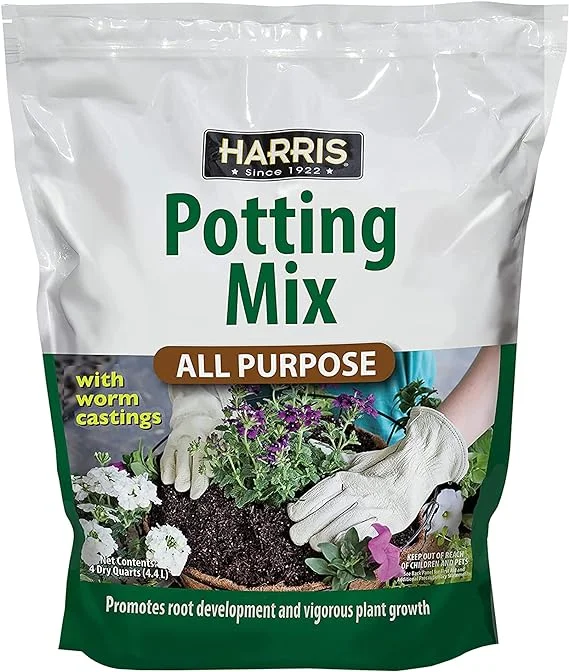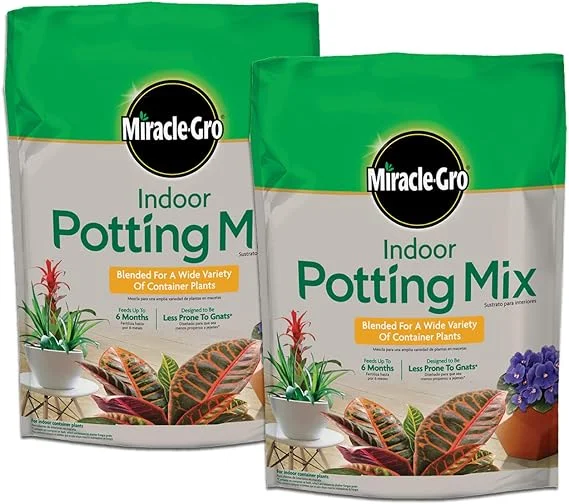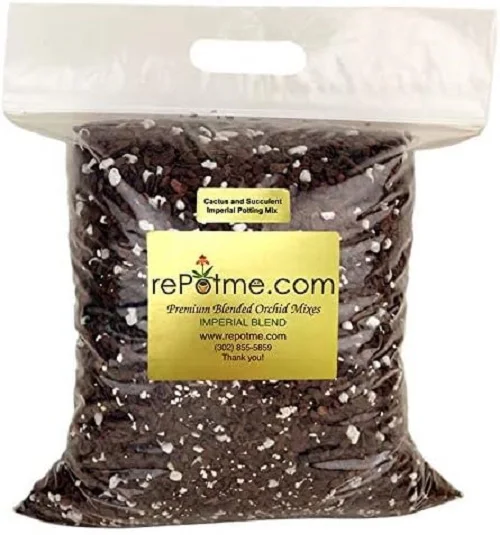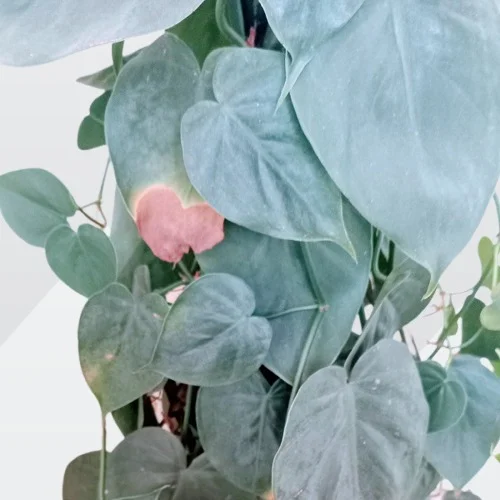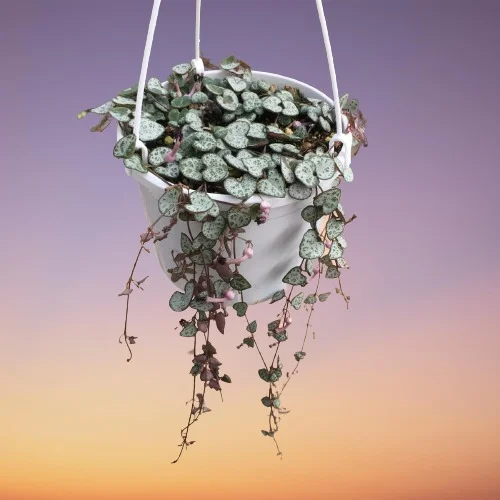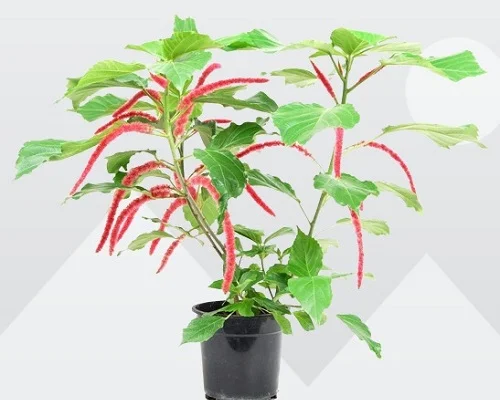15 Causes of Yellow Leaves on Indoor Plants and How to Fix Them
Some links in this post may be affiliate links
Nothing is more disappointing for plant lovers than seeing their lush green indoor plants develop yellow leaves. While it is a common problem, yellowing leaves on indoor plants is a sign of underlying issues like inconsistent watering, insufficient light, temperature stress, low humidity, nutrient deficiency, diseases and pests among others.
The good news is that identifying the cause early can help you restore your plant’s health. This guide covers 15 reasons why indoor plant leaves turn yellow and provides actionable solutions to fix them.
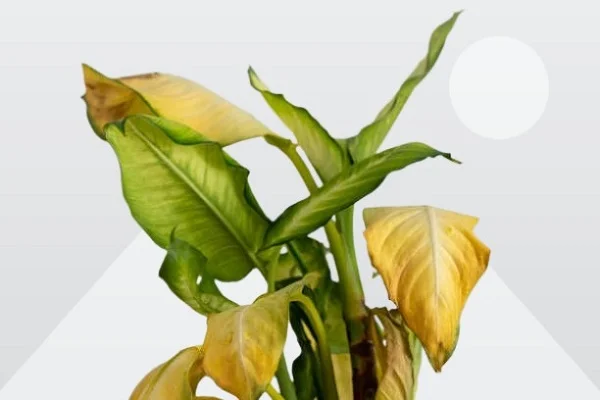
15 Common Causes of Yellow Leaves on Indoor Plants
1. Overwatering
Overwatering is one of the most common causes of yellowing leaves. When roots sit in water for too long, they suffocate and start to rot, resulting in yellow leaves and drooping foliage.
How to Fix It
- Ensure that your pot has drainage holes to prevent the soil from getting soggy (too wet).
- Water only when the top few inches of soil feel dry to the touch.
- Use a quality, well-draining potting mix that does not hold excess amounts of water.
2. Underwatering
Just as too much water can cause issues, so can too little. If your plant isn’t receiving enough moisture, its leaves may turn yellow and crispy.
How to Fix It
- Check the soil regularly. If it feels dry, water your plants thoroughly until water drains through the drainage holes.
- While you reduce watering in the cold season, do not allow the soil to dry out completely for prolonged periods of times.
3. Too Cold Water
Consistently watering your indoor plants with too cold water will cause plant shock which will lead to reduced growth, yellowing and eventual death of the plant.
How to fix it
- Use room temperature water for your plant. Avoid watering it consistently with too cold water to prevent yellowing, reduced growth and death of the plant.
4. Nutrient Deficiency
Lack of essential nutrients, particularly nitrogen, iron, or magnesium, can cause yellowing. Nitrogen deficiency results in overall yellowing, while iron deficiency leads to yellowing between veins.
How to Fix It
- To promote healthy and lush growth, feed your plant with a balanced liquid fertilizer.
- Use a soil test kit to check for deficiencies and carryout timely corrective measures.
- You may repot the plant with fresh, nutrient-rich soil.
5. Salts buildup
Accumulation of salts and chemicals in the soil originating from the water and fertilizers used will result in yellowing leaves followed by leaf drop and death of the plant.
How to fix it
- Water your plants with chlorine-free water like rain water.
- Regularly, flush out accumulated chemicals (salts) from the soil by running a stream of water through the soil. Allow the stream of water to run for some time and repeat the process several times.
6. Poor Drainage & Root-rot
If water sits in the soil too long, the roots can’t breathe. This leads to fungal infections and root-rot, both of which cause leaves to turn yellow and fall off.
How to Fix It
- Pot your plants in pots with proper drainage holes to prevent the soil from getting too wet.
- Mix perlite or sand into your soil to improve aeration and avoid poor drainage.
- If you suspect root-rot, remove the plant from its pot, trim rotten roots, and treat the healthy roots with a copper-based fungicidal solution. Repot the plant in fresh soil.
7. Temperature Stress
Indoor plants are sensitive to extreme temperatures. A sudden drop in temperature or exposure to cold drafts can cause leaf yellowing.
How to Fix It
- Keep your plants away from cold and hot drafts emanating from drafty windows and doors, direct heat sources, air conditioners, radiators among others.
- Maintain stable indoor temperatures between 18-250C.
8. Too Little Humidity
Indoor plants grows best in average to above average (50-80%) room humidity. Too low air humidity (below 45%) will cause the plant to develop yellow leaves and may die if it is not not corrected.
How to fix it
- To raise humidity, set the pot on a wet pebble tray or use a cool mist humidifier.
- You may also grow the moisture-loving plants in a terrarium as a high humidity can easily be maintained inside a terrarium.
9. Pests and Diseases
Pests such as spider mites, aphids, and scale insects suck plant sap, leading to yellowing leaves. Fungal infections like powdery mildew can also contribute to discoloration.
How to Fix It
- Inspect your plants regularly for pests and isolate any infested plant to discourage spread to the rest of the plants.
- Use Insecticidal soap or Neem oil as a natural remedy to get rid of the pests and diseases. Make sure to cover the entire plant.
- Remove and burn the infected leaves to prevent the spread of diseases.
10. Insufficient Light
Indoor plants need adequate light for photosynthesis; the process by which plants make food for growth and energy. Without enough light, leaves may turn yellow and growth will slow down.
How to Fix It
- Position your plant in a spot where it will receive the correct amount of light for their species to enhance growth and development.
- If the natural light is insufficient, you may use a grow light to supplement it.
- Rotate the plant periodically to ensure even light exposure.
11. Excess Direct Sunlight
While too little light is a problem, excessive direct sunlight can scorch leaves, causing them to turn yellow or brown.
How to Fix It
- Move the plant to an area with filtered or indirect sunlight.
- Use sheer curtains to diffuse harsh sunlight.
- Avoid placing plants too close to a brightly-lit window.
12. Soil pH Imbalance
Most indoor plants require specific soil pH levels to absorb nutrients effectively. A pH imbalance can cause deficiencies that lead to yellow leaves.
How to Fix It
- Test soil pH with a pH meter. Adjust pH with lime (to increase pH) or sulfur (to decrease pH) as needed.
- Use the right soil mix for your plant type.
13. Being Extremely Pot-bound
Majority of indoor plants grow best when slightly pot-bound but when they become extremely pot-bound the leaves begins to wilt, droop, yellow and eventually die. This is because the the roots have filled the pot and there is very little soil to hold water when the plant is watered.
How to fix it
- Check the bottom of the pot, if a lot of roots are growing through the drainage hole, repot the plant into a pot one size larger than the current one.
- Divide the plant into several sections (if possible) and pot the sections in individual pots.
- Repot the pot-bound at the beginning of the growing season when it becomes pot-bound. Ensure that the pot has a drainage hole and that the soil is well-draining.
14. Repotting shock
Repotting your plant may cause it some shock which may lead to some leaves wilting and turning yellow before it can adjust the new growing conditions.
How to fix it
- To minimize repotting shock, water the plant thoroughly one day before repotting as a well hydrated plant experiences less shock and is easier to divide.
- Avoid making too many changes at once. For instance, after repotting, maintain the plant in the same spot until it is well established before moving it to a new location.
15. Aging
As the leaves mature, the older leaves turn yellow and die. Therefore, do not be alarmed, if one or two leaves yellow as this is a natural process.
How to fix it
- Regularly inspect your plant and get rid of any yellow leaves to keep the plant neat and tidy.
How to Prevent Yellow Leaves in Indoor Plants
Preventing yellow leaves in your indoor plants is easier than treating them. Here are some proactive measures you can take:
- Water Smartly: Water based on your plant’s needs, not on a fixed schedule. Use room temperature chemical-free water.
- Monitor Humidity: Use a humidifier or a wet pebble tray for moisture-loving plants.
- Check for Pests: Inspect plants weekly for signs of infestation and take timely control measures.
- Use Quality Soil: Choose well-draining, nutrient-rich potting mix that is specific to your plant type.
- Provide Adequate Light: Position your plants according to their lighting needs.
- Fertilize Wisely: Feed plants with a balanced fertilizer during the growing season but minimize feeding in the cold season.
Conclusion
Though yellow leaves on indoor plants can be alarming, they are usually a cry for help rather than a death sentence. By identifying the root cause; whether it is overwatering, nutrient deficiency, low humidity, incorrect temperature or insufficient light, you can take timely corrective action to restore your plant’s health. With proper care, your indoor plants will thrive, rewarding you with lush green foliage for many years.
Frequently Asked Questions
1. Why are my plant’s leaves turning yellow even though I water regularly?
You may be overwatering which can lead to yellow leaves as the roots become suffocated. Always feel the soil moisture with your fingers before watering. If it feels dry water but if feels wet do not water. Do not water on a schedule.
2. Can yellow leaves turn green again?
No, once a leaf begins to yellow, it won’t turn green again. However, fixing the underlying issue will prevent more leaves from turning yellow.
3. Should I cut off yellow leaves?
Yes, removing yellow leaves causes the plant to redirect its energy to healthy growth.
4. Do all plants get yellow leaves at some point?
Yes, plants will experience some yellowing leaves as they age. However, frequent yellowing indicates that there is an underlying issue.
5. Can tap water cause yellow leaves?
Yes, tap water with high chlorine or fluoride content can lead to yellowing of leaves. Use filtered, distilled or rain water as they have minimal amounts of dissolved chemicals.
6. How do I know if my plant needs more humidity?
If leaves are yellowing with brown edges, your plant may need more humidity. You may group the plants together, set the pot on a wet pebble tray or use a cool mist humidifier.
You liked it? Share on social media.
Related Content
Amazon Associates Disclosure
Homeplantsguide.com is a participant in the Amazon Services LLC Associates Program, an affiliate advertising program designed to provide a means for sites to earn advertising fees by advertising and linking to amazon.com.
